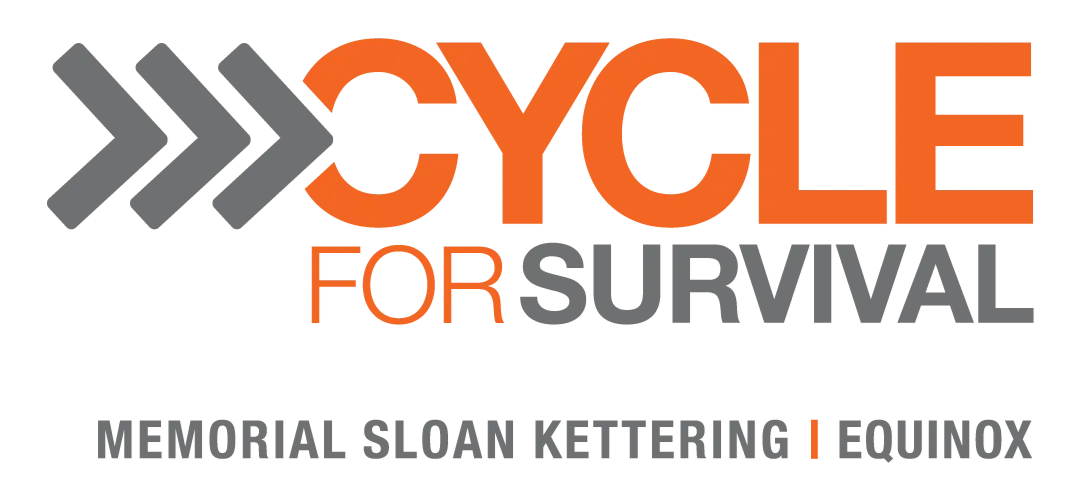Win the Call
Being the Practice Ambassador takes grit and determination
give them the training to fully embrace their role as the face of your practice
Win the Call
Being the Practice Ambassador takes grit and determination
give them the training to fully embrace their role as the face of your practice
Scheduling Coordinator Training
Empower the role that has the most frequent interactions with your patients and parents. They set the tone - let's make sure it's a great one.
Being on the front desk is more than reading scripts or hiding behind the "do not disturb" - let's help your team create that perfect first impression.
I am Amy, and my training program helps your Scheduling Coordinators improve their phone and in-person patient interactions. I provide coaching for efficient & impactful first impressions, teaching new strategies & habits to improve your scheduling skills!
Are you looking to train your team to build better relationships with patients? Our customer service training will give your team the tools they need to provide excellent customer experiences.




Specific Training for your Front Desk team
A scheduling coordinator is more than just an appointment setter - they truly are the face of the practice and help your patients to fulfill their orthodontic dreams.
Empower them - sign up for my coaching!
A scheduling coordinator is more than just an appointment setter - they truly are the face of the practice and help your patients to fulfill their orthodontic dreams.
Empower them - sign up for my coaching!
Phone Coaching
Phone skills training for efficient and impactful first impressions
Master the first and last impression
Learn how to offer appointments to your schedule
Know how to prevent escalations
Master the initial inquiry call to prevent no-shows
Mousy to marvelous or edgy to polished
All Packages Include:
Coaching & accountability - Online Library Portal - Standardized training - Options for remote & on-site initial training
Train your team to become effective scheduling coordinators and learn how to manage patient appointments efficiently.
Signing up with Amy will guarantee your front office team gains the skills needed!

Want to give your Staff their first step in Front Desk training from just $300?
Trapezio has launched The Academy of Front Desk Coordinators which is the perfect foundational training to creating a confident front desk team.
Join Amy's mailing list today and receive her ALERT training as a thank you!
It happens. People get frustrated. Sometimes they vent at us simply because we're the ones on the other end of the phone, regardless of whether we have had a part to play in the situation.
I always remember "Event + Reaction = Outcome". You can control your reaction, not the event, and it still affects the Outcome.

What Our Clients Are Saying
My customer communication training will help you to 10X your patient experience to massively impact your Win ratio!

40%
Decrease in No Shows
because all your customer relationships are real connections, right from the start.
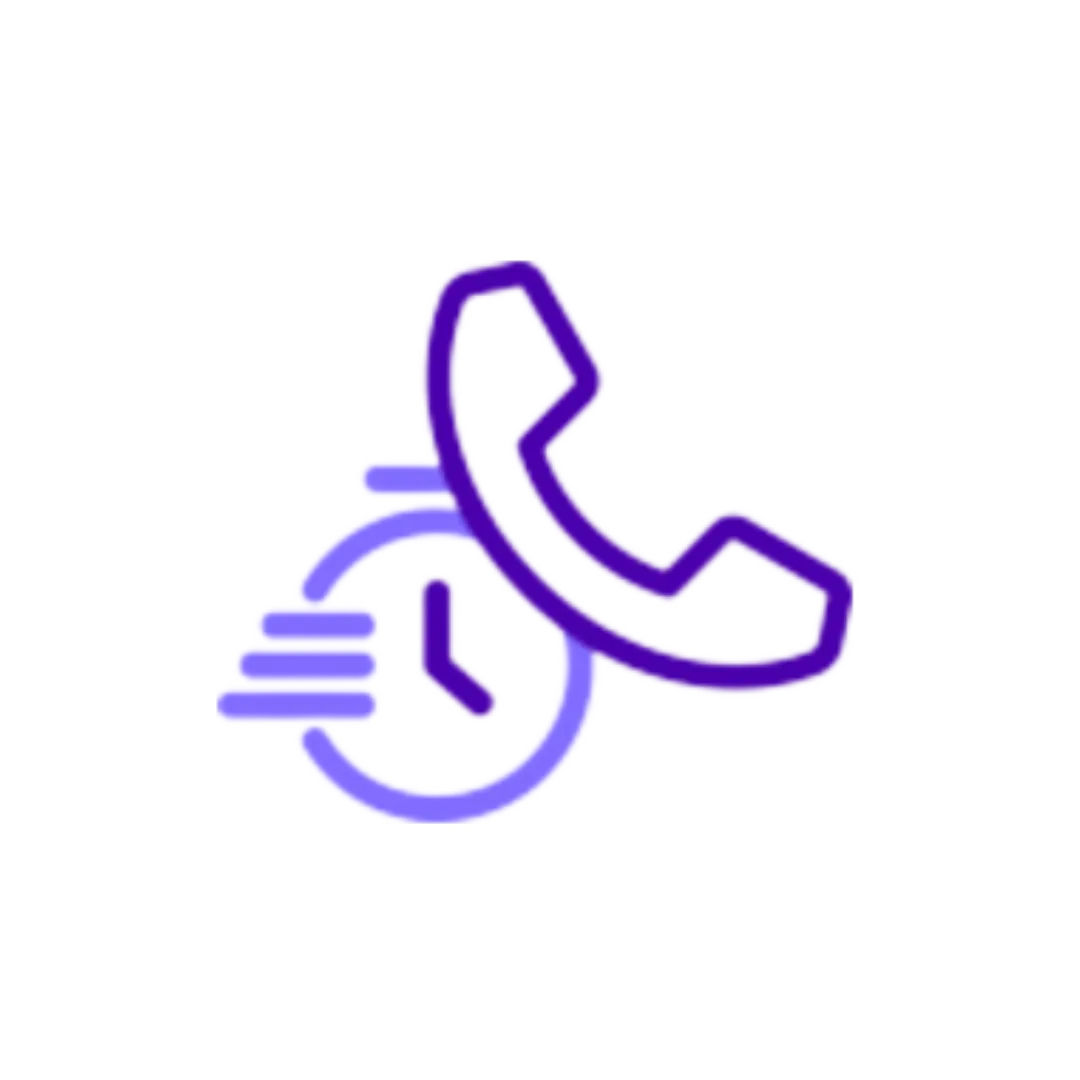
64%
Reduction in Longer, Problem Calls
because you're no longer inadvertently upsetting your valued customers.
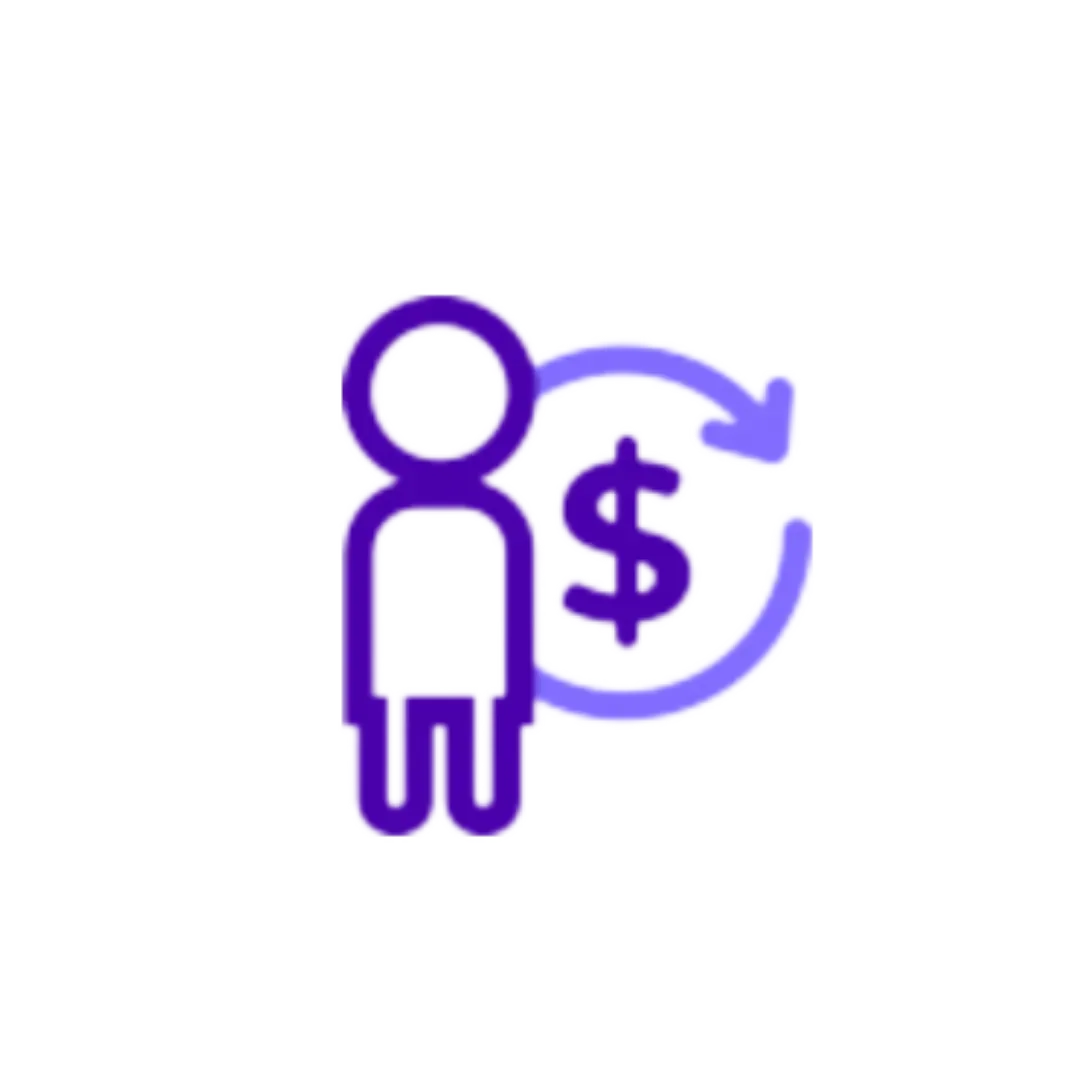
20%
Increase in Production
because you've built trust with your customers from the beginning, so your win ratio is much higher.
HOW TO WORK WITH ME

Phone Coaching
Telephone skills training for efficient and impactful first impressions with your receptionist and front office team.

Sales Coaching
Treatment Coordinator communication training for consultations to adapt, read the room, and win the start.

Workshops & Keynotes
Book me for your team or appreciation event you are running to provide customer experience training.
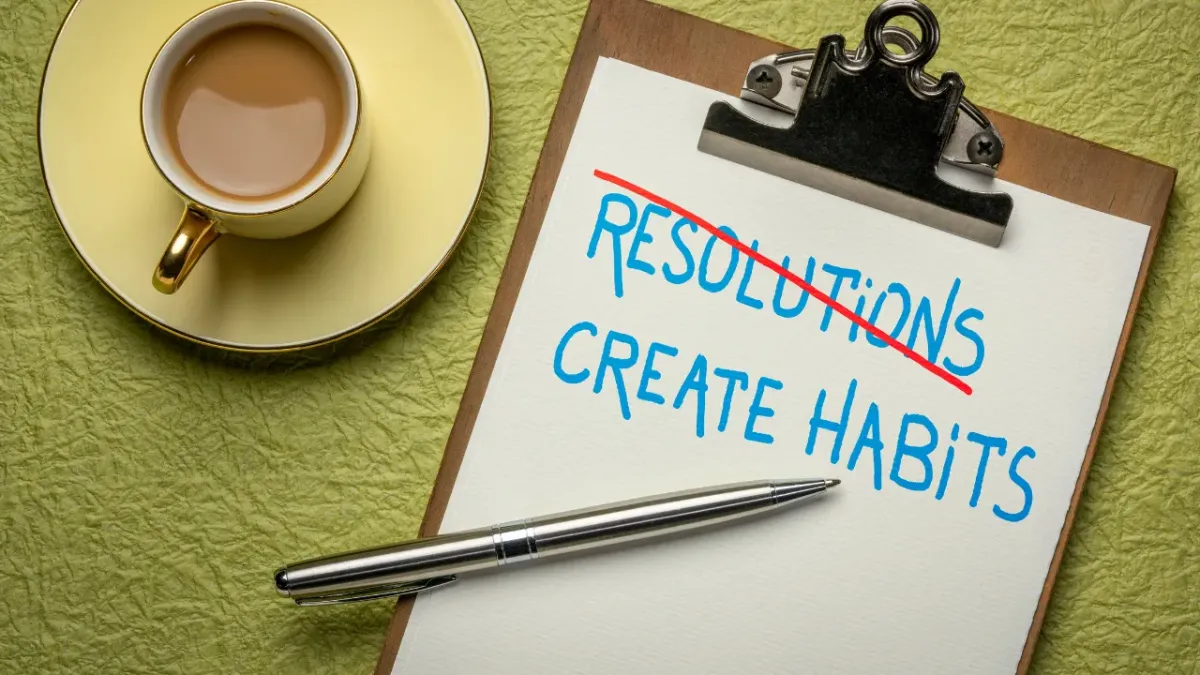
What is the Difference Between Wanting and Committing to Change?
Let’s say we are past the point of deciding that change needs to happen.We are ready for change. We want it for one or more of a number of reasons that may include we see the need for change or we are being forced to change. But what is the difference between wanting and committing to change?
Wanting to Change
Think of it in this way…go big or go home. Guns blazing. Fast and furious. All show and no substance. The hare in The Tortoise and The Hare.
Wanting to change generally relies on motivation. But this is a poor strategy for change.
The classic example is what we do in preparation for New Year’s Day or a new month or a new declaration. Wanting change tends to be accompanied by platitudes. They sound like, “I will ALWAYS…,” or, “I will NEVER…,” or, “From now on…”
The night before, motivation is high. Sometimes the motivation is out of guilt (overeating during the holidays), or some other pain point. But then the new day hits when the “all or nothing” is supposed to be a reality. And…tick…tick…tick…it is only a matter of time before that motivation wanes and the old habits pull on us.
That is the trouble with using motivation as your driver. Motivation is fickle, it vacillates, it tires out. As BJ Fogg, Ph.D. states in Tiny Habits, “When motivation surges, you can do hard behaviors….but high levels of motivation are both scattershot and unsustainable.”
This isn’t changing at all. It is “all bark and no bite”!
Committing to Change
Committing to change, by contrast, looks and sounds like…slow and steady wins the race. The tortoise in The Tortoise and The Hare.
“Doing a little bit in infinitely bigger and better than doing nothing.”
--Stephen Guise, Mini Habits: Smaller Habits, Bigger Results
Committing to change relies on willpower. This is a solid foundation and strategy. The primary way to make this strategy a success is to use willpower on a small action. This is touted in three books that I would recommend to you. They are:
Atomic Habits by James Clear
Mini Habits by Stephen Guise
Tiny Habits by BJ Fogg, PhD
When we commit to change by taking a small action after a specific prompt, we gain a WIN! And our brains like that.
Prompt. Behavior. WIN!!!
That was easy!
And who doesn’t love easy and a win?!
So we do it again – win!
And again – win!
And before long we have a change in the habit! This is REAL change…a true fact!
Application
Let’s bring this home and make it real. Think about how you want each and every person greeted on your phones. We have an easy cue…the phone rings. What is the smallest action we can take? I am going to assume you already think to smile so let’s add one more thing. Anytime we hear a phone ring I want you to think, “I would be happy to help you.” Then when the caller tells you why they have called, say the magical seven words, “I would be happy to help you.”
SCORE! WIN!
Now you, too, have a victory and know the difference between wanting and committing to change!
“Be the person with embarrassing goals and impressive results instead of one of the many people with impressive goals and embarrassing results.”
--Stephen Guise, Mini Habits: Smaller Habits, Bigger Results
What Our Clients are Saying

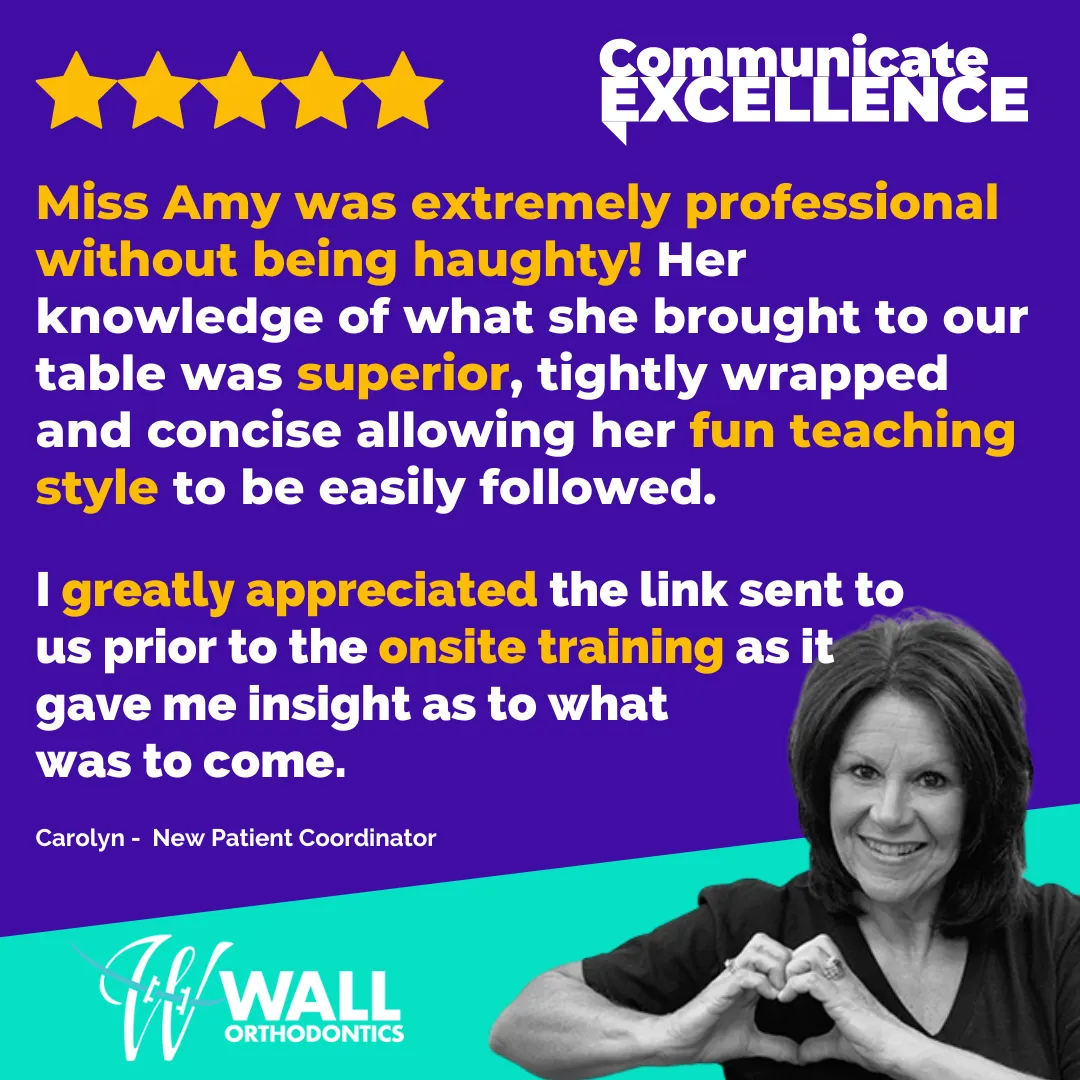
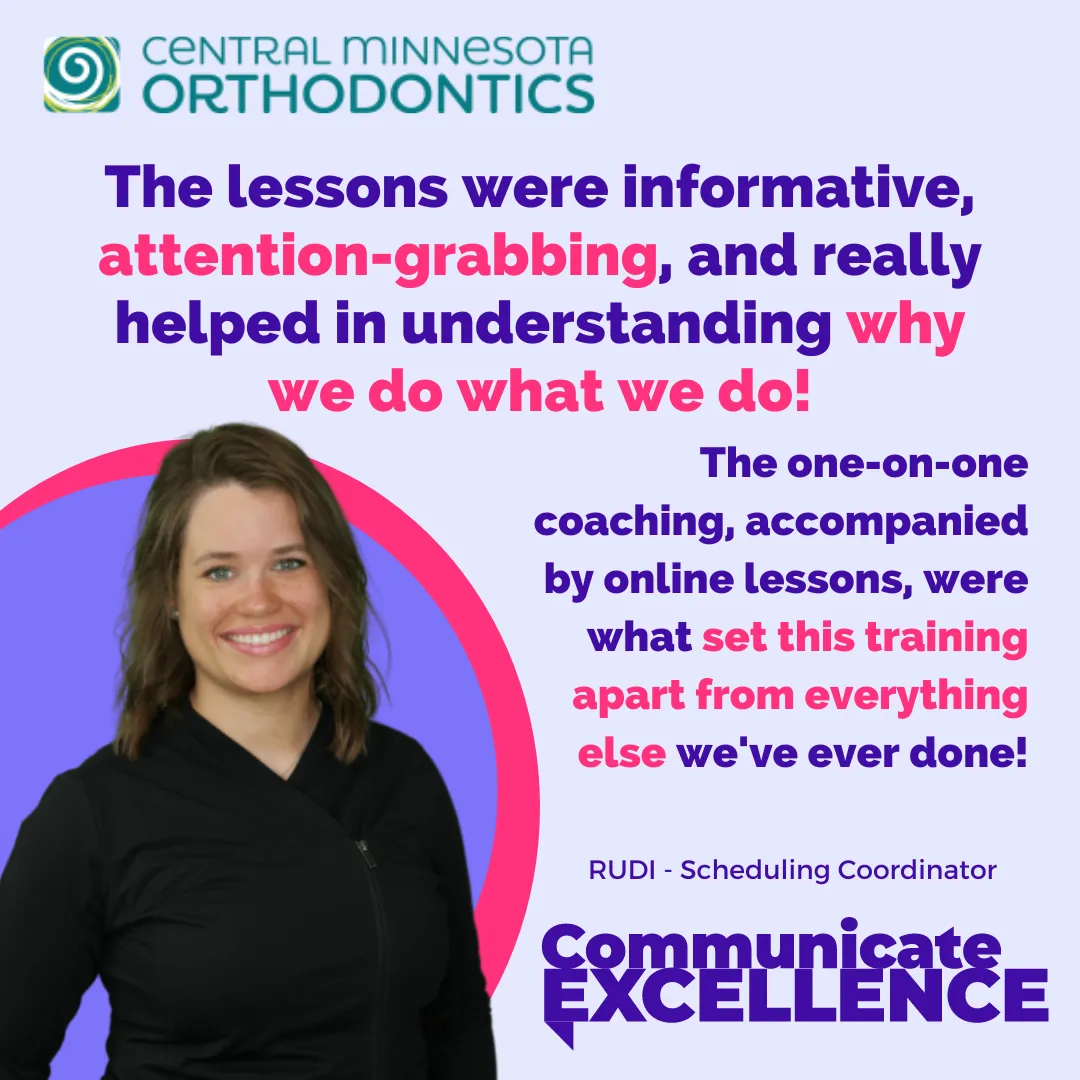
Amy believes in giving back and paying it forward by donating 10% of ALL proceeds to organizations that help others.
Click on any logo to learn more about the organization.
Preferred Provider For:
As a bonus for being a member of these organizations you will receive a discount on my services.
Schulman Group leaders say
“The Schulman Group is pleased to call Amy Demas/Communicate Excellence one of our valued preferred consultants and a huge advocate for our educational programming efforts. Her "can do" attitude has served the group in many capacities over the years…..as a consultant, as a program speaker and most recently served as moderator for our Doctor and Team Meeting. As speaker and consultant, Amy offers invaluable insight on communication skills for all orthodontic team members and has helped a number of our members streamline and improve office interactions with patients.”
Emily, Mari's List says
"Amy Demas is a shining star when it comes to training front desk staff, scheduling coordinators and treatment coordinators. She truly communicates excellence. Mari's List feels confident endorsing Amy because of her long history of exceptional professionalism and glowing reviews from our members."





